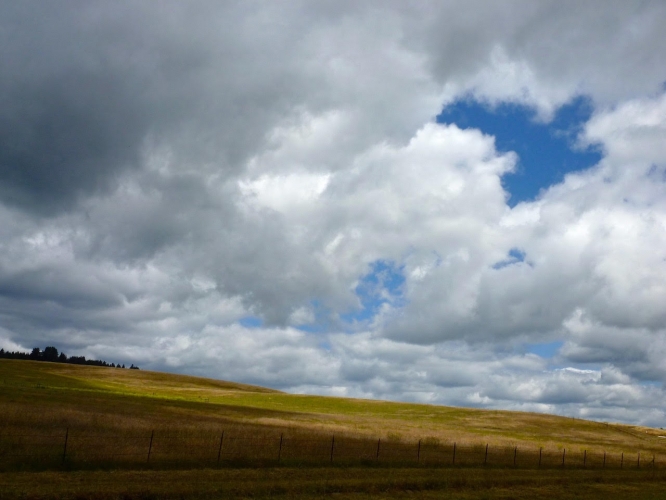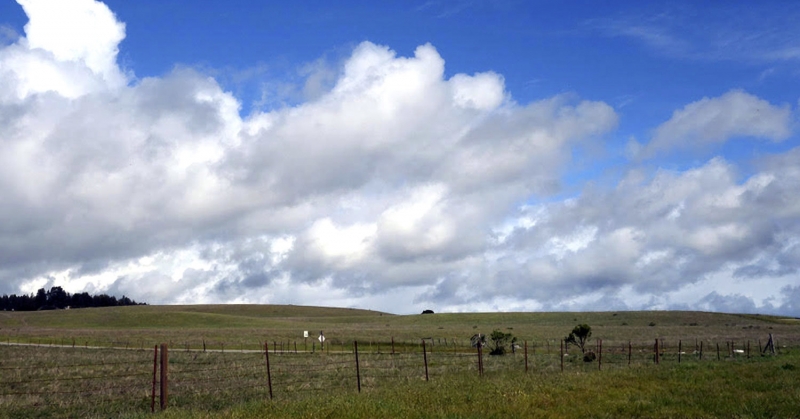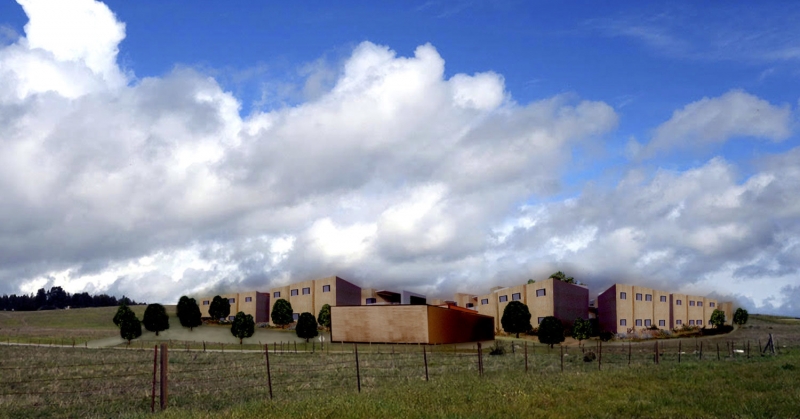UC Santa Cruz: The Case For the Meadow
The East Meadow Action Committee (EMAC) is a group of University of California, Santa Cruz (UCSC) faculty, students, alumni, staff, and concerned community members. We have joined together in an effort to prevent development on one of the campus's most important scenic landmarks, the East Meadow, north and east of the intersection of Hagar and Coolidge Drive on the UCSC campus.
The open meadows are central to UCSC’s world-renowned design aesthetic. This proposal overturns a fifty-year tradition of environmentally-conscious planning. We support more, better, and more affordable student housing and improved childcare facilities on campus. There are other places to build them that do not overturn UCSC’s proudest traditions.
Sign the petition!
#savethemeadow
https://www.eastmeadowaction.org/petition/
A GREAT CAMPUS THREATENED
Our university among the redwoods, overlooking rolling pastures and the Monterey Bay, is a wonder of the world. Nowhere else has an institution of this size been built in an existing forest, on such rugged terrain, while preserving the fundamental feeling of the site. UCSC’s uniqueness is not just its spectacular visual beauty, but more profoundly its tradition of careful environmental planning, sensitive to trees, land, and vistas, an achievement recognized by landscape designers and planners around the world.
A fast-moving current project, “Student Housing West,” is a radical break with this tradition. Last Fall, with little public awareness and no debate, a plan to create 3000 new beds on the West side of campus spilled over into the East Meadow. Rigid growth targets from the U.C. central administration and new environmental restrictions have put pressure on the project’s footprint. To gain space, the Family Student Housing complex, with an expanded campus daycare center, is being relocated to the open meadow adjacent to Hagar and Coolidge Drives.
No one doubts the need to house more students on campus. Quality family housing and expanded childcare are also absolutely essential. What needs to be questioned is the hasty decision to occupy this very special site without time to seriously consider alternatives and without transparent public communication.
Everyone who drives onto campus knows the place. It is the first view of the meadows, gently sloping under a dramatic sky with glimpses of a university in the distant tree line. If the current plan proceeds, this gateway experience will be destroyed. It will be replaced by forty two-story units (each containing four family apartments}, accompanied by a daycare building, extensive parking, support structures and access roads. A large spillover from a West Campus project looking for a relatively inexpensive place to build will now despoil the East Meadow.
In contrast to the careful, environmentally-sensitive tradition that has guided UCSC since its founding, architectural planning for this project did not begin with the site in mind or proceed deliberately. Nearby Ranch View Terrace, a large housing complex set back from the road and mitigated by vegetation and topography offers an example of how to build responsibly. The sudden appearance in the East Meadow of this new project leaves many important questions unanswered: were any serious alternatives considered? And why the unseemly rush? Why a single massive complex? Could the West Campus project be scaled back to allow Family Student Housing to remain near its present location? Why do the new student beds on campus need to be crowded into a single place? (Plans currently call for nine-story residence halls, blatantly out of scale with the rest of campus.)
The East Meadow housing project, being driven forward aggressively, is the first serious encroachment on the open meadows in fifty years of campus development. Careless and heavy-handed, it should be resisted, not in the name of traditionalist nostalgia or opposition to change, but to carry on the best traditions of UCSC planning and building.
Bad Aesthetics.
Aesthetics here is not about beauty in a post-card sense. It’s about maintaining harmony and appropriate scale with the surroundings. This project will never “fit” in the meadow. What makes UCSC distinctive will be degraded, with incalculable long-term costs to our reputation and appeal. The clustered buildings will effectively block the East Meadow view. No scattering of planted trees can mitigate the impact. Current architectural plans show a densely packed, inward looking ensemble. Parking (at least 250 places for 140 families and the Childcare Center) will be scattered throughout the grounds and around the perimeter. Balconies, stairs, and variegated facades all face inward. From the roadways, the backs of structures and parking will be seen. This is hardly the best way to welcome people to campus. And, of course, the nearby intersection of Hagar and Coolidge, already clogged at times, will only get worse.
Bad planning.
Our widely recognized campus environmental design tradition is currently being overturned. The position of Campus Architect no longer exists. The design staff have played a marginal role in the East Meadow site selection, and the developer an unusually large one. The normal process of first selecting an appropriate site with a project in mind and then looking for an architect/builder has been reversed. The Design Advisory Committee, a long-established body of distinguished architects who advise on planning decisions, was consulted on the East campus site only two weeks ago, fully 3 months after the decision had been made. (We await publication of their reaction, which we understand raises serious objections.)
Bad Process.
The decision to move into the meadow was made over a two-month period last September-October, under pressure. There was no time for, and apparently no interest in, seriously exploring alternatives. Most disturbing, the public notifications of the move have been consistently minimal and misleading. The first public hint of the changed plans, on Oct.31, one day before scheduled community meetings, merely noted a “revised approach to siting” with no further details. The general rubric of this and all subsequent communications has been “Student Housing West”--the words “East” and ”meadow” always avoided. A week later, announcing a public meeting on Nov. 29th (the final day of the comment period) a web announcement still said nothing about any move to the East campus but provided a link to a complex technical document in which one short paragraph identified the new site. Thus, notice had been given, but only the most patient and savvy members of the public would dig deep to discover the most important alteration of the campus in decades. It was not until March 6th that a clear description, and image, of the site finally appeared in the campus newsletter. For everyone other than members of certain “stakeholder” groups, the project has been effectively hidden.
Conclusion: We must provide more campus housing for students, honoring the 2008 compact with the City. Quality childcare is a priority, as is Family Student Housing. But there are certainly other ways to achieve these goals. If it is claimed that this is the only possible solution, we need to say, “not so fast.” For 50 years, campus planners have inventively found ways to grow without wrecking a unique environment. Acting with judiciousness and care we can sustain the traditions of stewardship that have made UCSC famous.
Once gone, the meadow is gone forever.
EMAC (The East Meadow Action Committee)
For updated information and to add your support: eastmeadowaction@gmail.com
3/12/18
Get Involved
If you'd like to help with maintaining or developing the website, contact us.
Publish
Publish your stories and upcoming events on Indybay.





